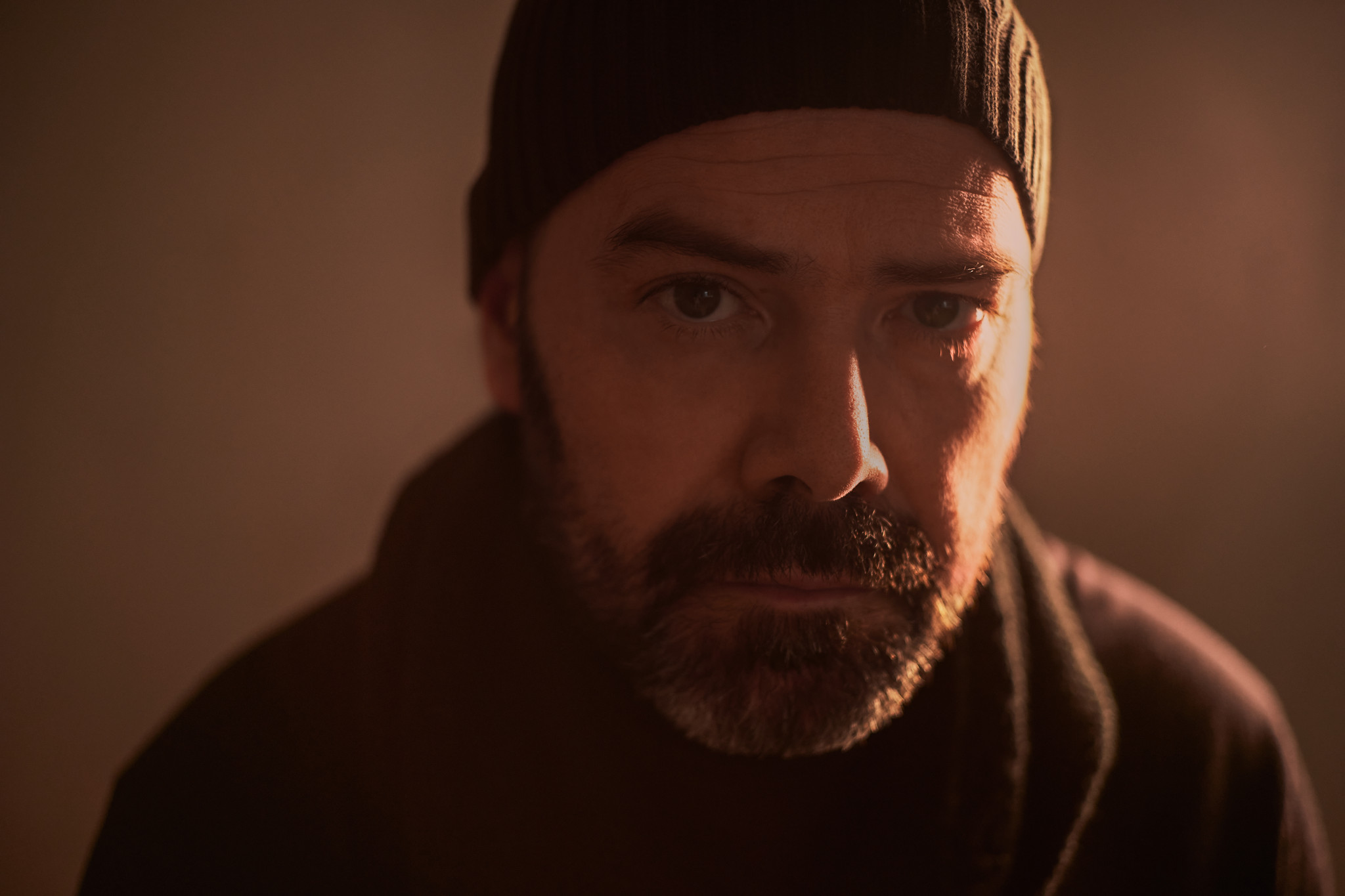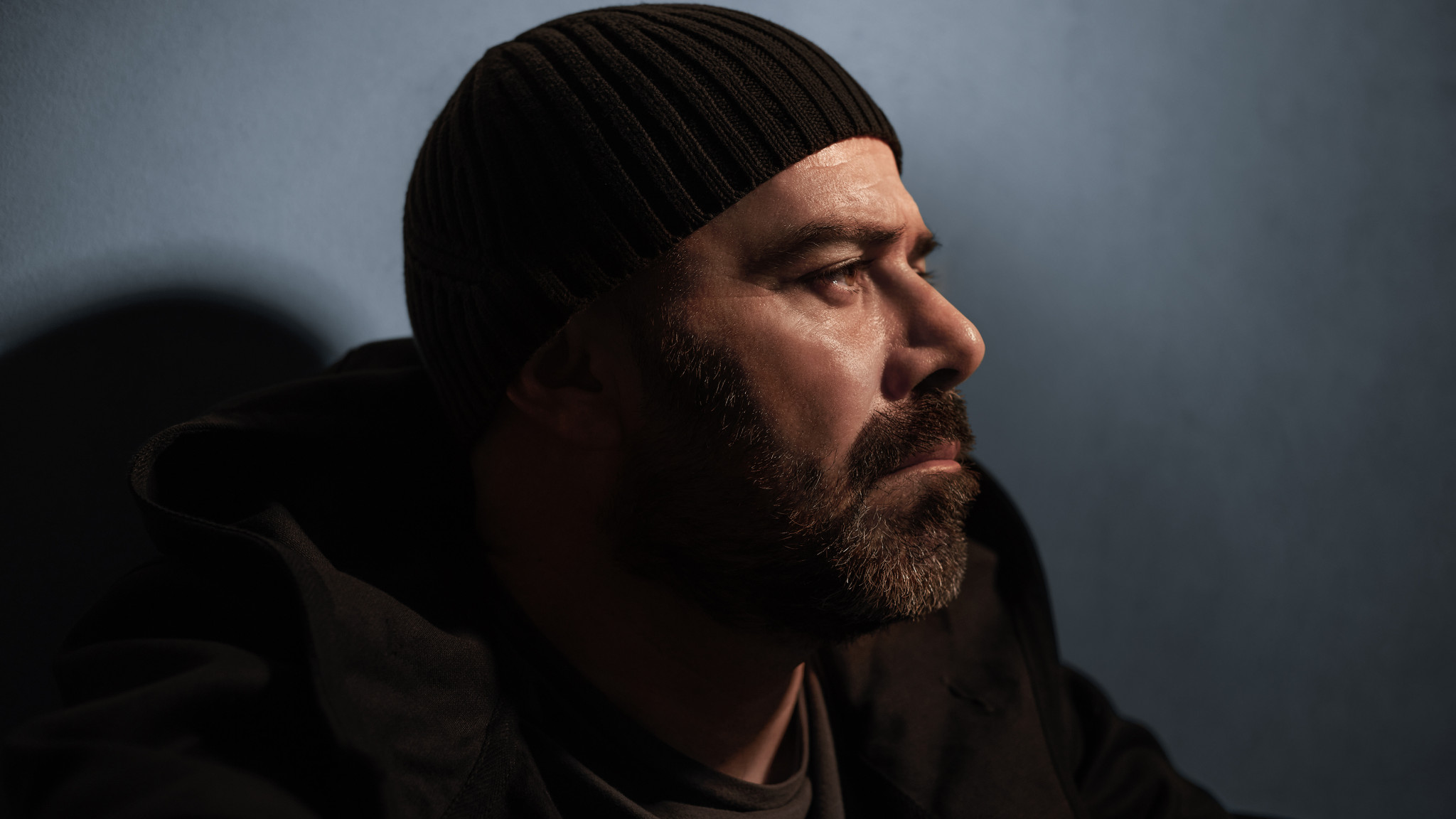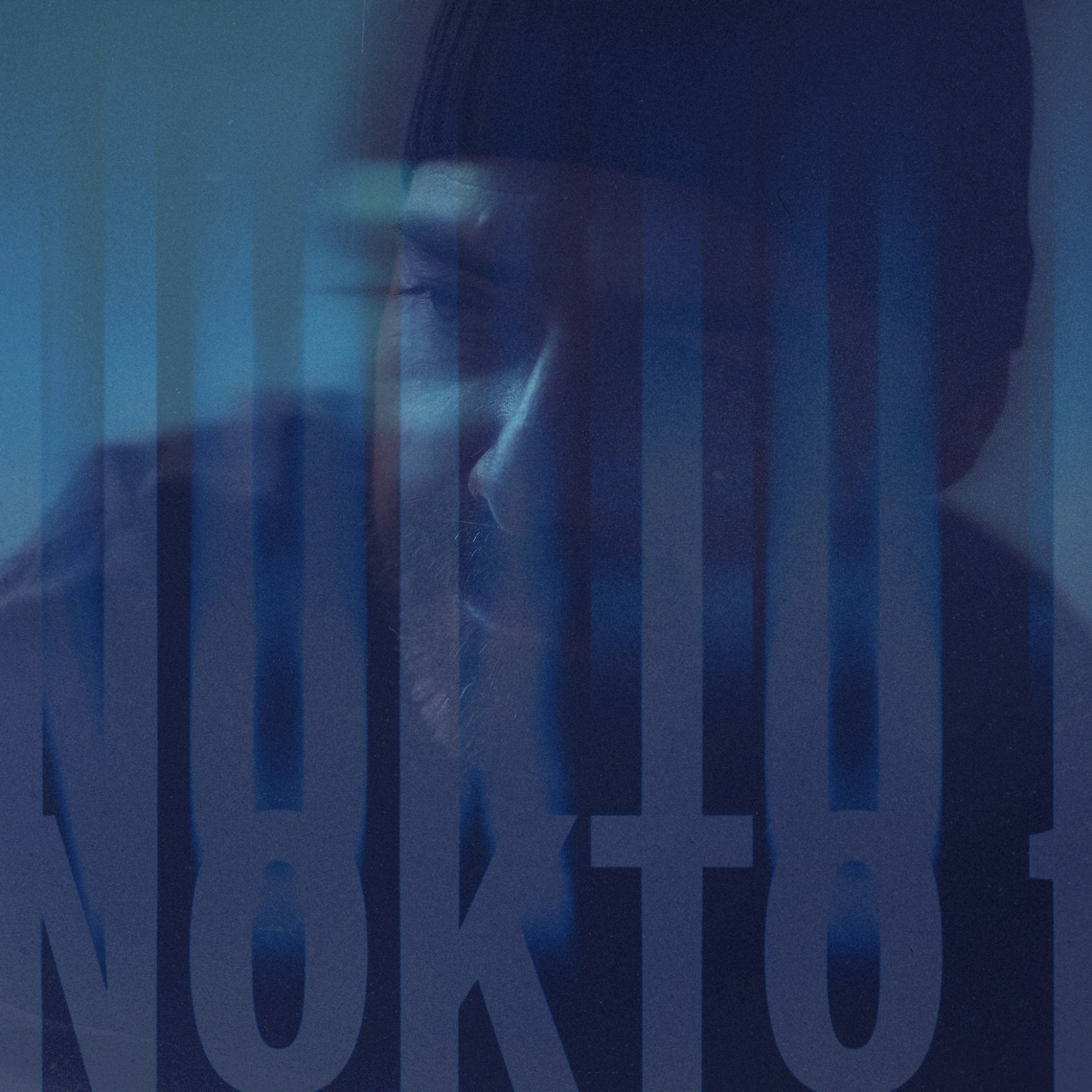Jordi Forniés is a restless soul and a creative visionary. Born in small-town Spain, he has lived in several major cities (London, Paris, Barcelona, Dublin, Sydney and Singapore, where he is currently based), has studied a dizzying number of professional disciplines that span not just music and composition but painting, sculpture, chemistry, marketing and international business development, and is deeply passionate about exploring the intersections of the visual and the sonic.
Both art and music have been part of Forniés’s life for a long time. From the tender age of seven he was enrolled at the Conservatorio Profesional de Musica de Vila-seca near Barcelona, and taught himself how to paint and make canvases at home while he studied. After high school, Forniés threw himself into a number of different disciplines, gaining a PhD in chemistry and Master’s degrees in marketing and communication management, art and fine art—he is nothing if not extensively qualified.
Success in the visual arts came first, with Forniés drawing on his knowledge of chemistry to create works featuring original materials such as extruded plastic and ink injected with magnetic liquid. To date, he has been featured in over 50 solo exhibitions in 10 countries and has works in public collections in Spain and Ireland. A turning point in his career came in 2017 with his project “Sonance: Sound as Body, Sound as Architecture,” which considered the question of how sound might express visual art through form, and vice versa. Delving into these questions and the nature of sound has been an obsession ever since, and prompted Forniés to start composing music seriously for the first time.
This process culminated in his first full-length album, 2021’s Loudly Quiet, a reflection on a year of lockdown that became part of an eponymous virtual exhibition in which Fornies’ works were shown in a digital, animated museum created by 3D visualisation studio AVA CGI. This year, he followed up with Hela Nokto—his debut for Decca Records US—a collection of compelling nocturnes for piano and piano and cello ensembles. The title, which means “Bright Night” in Esperanto, is a nod to Forniés’s desire to cross borders and barriers. Most recently, he has released Nokto 1, a six-track EP that contains alternate versions of tracks from Hela Nokto, reworked for solo felt piano.
He reveals more about these projects and his creative process and influences in the interview below…
How would you describe the concept of Hela Nokto?
JF: Hela Nokto means “bright night” in Esperanto and it’s my tribute to the night, a collection of nocturnes that I composed during the moments when I feel most creative. My days are often packed with various activities, so the night has become my time to focus on myself and let my creativity flow. Whether I'm in the studio painting, writing about my creative journey, doing research, or simply sitting at the piano composing, the night offers me a unique sense of inspiration. I wanted to capture this energy in an album. The night is my time to shine, and through this music, I hope to share that peace and inspiration with everyone.
How did Hela Nokto develop from the beginning into what we hear on the record?
JF: I approach my compositions with a methodical mindset, treating each piece as if I am writing a story, with every note and phrase carefully selected to contribute to the narrative. It all makes sense in my mind and I do read a lot of technical books targeted to writers. When I began working on Hela Nokto, I knew I wanted to create music meant for quiet, reflective moments, especially at night when distractions fade away, and listeners can truly immerse themselves in the experience.
I started by diving into a notebook full of ideas and inspirations, a collection of themes and concepts that are meaningful to me. From there, each piece began to take shape. Key, tempo, comes almost immediately and then is then followed by melodies, phrases etc. And those building blocks slowly shape what I want to say. Some compositions naturally lend themselves to dialogue, incorporating other instruments to create a richer conversation, while others remain purely piano, allowing for more intimate expression.
The development of these pieces is a process of continuous evolution, a labour of love that doesn't stop once the notes are on the page. Every time I play or listen to them, they grow and transform, reflecting the depth of emotion and care I invest in my work and this is also why I created the alternate versions of some of the original tracks.
Can you elaborate on how the quiet hours of night are the most productive or stimulating for you?
JF: I think my preference for working at night comes from how my days naturally evolved over time. Balancing my career as an artist with another professional path in marketing meant that many of my daylight hours were spent in the business world. As a result, evenings became my time to retreat to the studio, be at peace, and dive into my true passions—art and music. After years of training my brain to switch gears like this, I came to believe that I’m most creative during those quiet, late hours. I still think that’s true, but I also recognize it’s likely a result of conditioning my mind to tap into creativity at night.
How would you describe your music generally to someone not familiar with classical music?
JF: In all my art, I aim to tell stories, and the music I compose is no exception—it follows the same process. I'm a storyteller but I don’t need words to express the themes I want to explore through my music, stories that talk about love for ourselves and to others, a sense of belonging, family, memories... I see these pieces as something to be listened to, almost like hearing someone read a tale or share a story.
What are the differences between Hela Nokto and the more recent version of it for felt piano?
JF: The two versions of the album complement each other perfectly. After releasing Hela Nokto, I felt the need to revisit certain tracks in a more intimate setting, recording them at home on my own upright piano to bring something even more nocturnal, if that makes sense. While the grand piano in the original version sounded great, I wanted to bring these tracks closer to the listener, offering a softer, more personal playing and sound. The felt piano sound feels more intimate and raw, telling the same story in a completely different way.
How do you feel when you dive into music or art? Does it feel like an escape of some kind?
JF: I don't see it as an escape. I genuinely love everything I do. My years as a professional marketer have been incredibly fulfilling and have actually benefited my career as an artist. But there’s something about being creative, whether it’s playing the piano, painting, or sculpting that makes my heart beat stronger. The work that comes from my hands feels like an extension of myself, connected to me in a deeply personal way.
The creative process is so intense and vivid that it becomes almost addictive. I think I love the act of creating even more than the final piece because during that process, I’m at my most intimately connected with my art. Once a piece is finished, the relationship changes. So, diving into that creative space gives me life, energy, and positively impacts other areas of my life as well.

Your professional background is extremely varied, and you’ve lived and studied in many places too: what drives this quest for diversity?
JF: Being exposed to different people, cultures, and places has opened my mind, heart, and soul in ways I can hardly put into words. My creative process used to be very isolated; for many years, I created like a hermit. But when I moved to Asia, I encountered a new level of diversity that inspired me to open up and embrace it. I returned to university to learn from other artists, to make myself more vulnerable, and to be able to discuss my work and accept criticism.
I travelled the world, engaging with musicians and artists from all walks of life, many without formal education in music or art, who generously shared their knowledge and taught me more than any academic setting could. Each of these experiences made me a better person and, I believe, a better artist. Embracing diversity has been central to my journey as an artist and I will continue learning from it.
You have also been on a mission to explore the rational and creative sides of the brain, and delve into the relationship between art and sound in your artworks and music: is this an ongoing area of interest for you?
JF: I absolutely love learning and I see myself as a creative thinker with a logical approach, if that makes sense. I don't feel the need to explain every detail of what I create, but I do have a structured process. I strongly believe that when we combine both the analytical and creative sides of our brains, it leads to more vibrant and dynamic creations, enriched by the interplay of contrasting elements, questions, contradictions and ultimately more interesting works. As you know I have a passion for both visual art and music.
For a long time, I've been exploring the fascinating connections between the two and how they can complement each other. I'm drawn to how a painting can evoke musical feelings, and vice versa, how a piece of music can bring vivid images to our mind. Finding synesthetic elements that coexist in both art forms. This interaction between visual and music art forms continues to fascinate me, and I'm dedicated to finding ways to blend these two languages in many ways, some that I can't even imagine right now but that I am sure will come to my mind one day.
Who would you say are your favourites or influences (current or overall) in both music and visual arts?
JF: In visual art, I've always been drawn to artists who think outside the box, using unconventional materials to push the boundaries of creativity. Growing up in Barcelona, I was profoundly influenced by Antoni Tàpies, who mixed his architectural background with his passion for art and symbolism, and Miquel Barceló, whose paintings have a storytelling power that deeply resonates with me. When I look at a piece of art, I want to be immersed in it, to feel its essence without needing to read a full explanatory thesis.
In music, my inspiration began with Alexander Borodin, a brilliant organic chemist and professor who somehow managed to balance his academic background while composing extraordinary music. His life and work are both incredibly inspiring to me. From his life I understood that my dreams were achievable. I’ve also been influenced by classical giants like Chopin, Debussy, and Rachmaninoff, who have always been among my favourites.
In more contemporary music, I admire composers like Ryuichi Sakamoto, Max Richter, Joep Beving, and Ólafur Arnalds, and many others; all artists who, in my opinion, have a unique ability to transport listeners, creating their music like a story that unfolds with every note.
by Paul Sullivan


